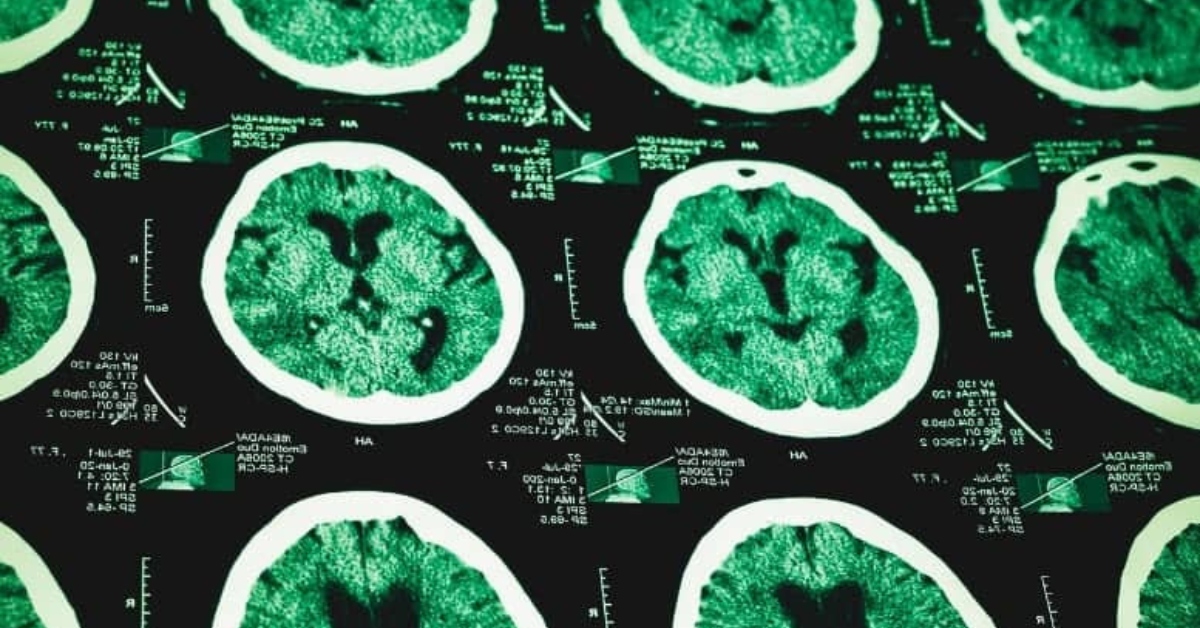As the dangers of football become increasingly well-known, one recent study makes possibly the most compelling link to date between football and long-term cognitive issues.
Published this week in The Journal of the American Medical Association, neuropathologist Dr. Ann McKee’s study examined the brains of 202 former football players, including 111 who played in the NFL. Of those NFL players, 110 of the brains tested were found to have chronic traumatic encephalopathy (CTE), a degenerative brain disease found in those who have suffered repeated hits to the head. Although CTE can only be diagnosed after death, symptoms of the disease in those who are alive range from headaches and memory loss to dementia and suicidal tendencies.
The brains Dr. McKee tested came from players aged anywhere between 23 and 89 years old, and from every position on the field including quarterbacks, linemen, running backs, and even a punter.
What’s notable about this study is that McKee acknowledges the inherent bias of the results.
“Although the criteria for participation were based on exposure to repetitive head trauma rather than on clinical signs of brain trauma, public awareness of a possible link between repetitive head trauma and CTE may have motivated players and their families with symptoms and signs of brain injury to participate in this research,” she wrote.
However, even if the results were biased toward those who may have already shown signs of CTE, the numbers still represent a vastly higher percentage than the general population, according to The New York Times.
“It is no longer debatable whether or not there is a problem in football — there is a problem,” Dr. McKee told The Times.
Nearly All Football Positions Affected Show Signs of CTE
In the NFL, all but one person showed signs of CTE in the test. Although information on the one person who didn’t show signs was not revealed, the test still indicates that this is an issue every player must aknowledge.
Linemen made up a majority of those tested because they make up nearly half of the players on the field. Linemen are also the most prone to head trauma because they suffer hits on nearly every play.
According to a study by Stanford that counted the number of hits a player underwent each game, one college offensive lineman took 62 smaller blows to the head in a single game. The average hit was calculated as similar to driving into a brick wall at 30 mph.
Even though players may not get concussions on every snap, the accumulation of small, repeated blows to the head can have long-term implications on the brain.
Thirteen linebackers were also tested by McKee, although one of the most high-profile linebackers with CTE wasn’t: Junior Seau.
Seau committed suicide in 2012 after shooting himself in the chest. His brain was tested by the National Institutes of Health and was found to have a severe case of CTE, which may have contributed to his suicide and domestic violence prior to his death.
Tom Brady May Have Suffered Unreported Concussions
Quarterbacks are also susceptible to head blows and CTE. The NFL has taken steps to protect the quarterback from concussions, including more padding. Despite the changes, quarterbacks may still be in danger of brain damage.
The issue came up again recently after Giselle Bünchen, the wife of New England Patriots quarterback Tom Brady, revealed he may have suffered a number of concussions over his career, including one as recently as during last year’s Super Bowl season.
Shortly have his wife made the comments on CBS This Morning in May, the NFL investigated his history and found no reports of head trauma in the official reports.
Despite denials from the team and Brady’s agent, Brady neither confirmed nor denied his wife’s claims in an interview earlier this month.
“She’s there every day,” Brady said. “I mean, we go to bed in the same bed every night, so I think she knows when I’m sore, she knows when I’m tired, she knows when I get hit. We drive home together [from games]. But, she also knows how well I take care of myself. She’s a very concerned wife and very loving.”
Some players, including New Orleans Saints quarterback Drew Brees, have talked about the difficulty of self-reporting concussions while in the heat of the moment, making it more difficult for the league to combat the problem.
Brains of Other Football Players Revealed CTE
Although the brains of the NFL players received the most attention, McKee examined the brains of high school, college, semi-professional, and Canadian Football League athletes, as well. Out of all the brains tested in the study, 87 percent were found to have CTE. The high school players only had mild cases while the most severe cases were found in the college and professional players.
But even players with mild cases of CTE can show cognitive and behavioral symptoms for the rest of their lives.
The NFL has started pushing for safer play for young kids as participation in the sport has declined precipitously over health concerns from parents. Studies show that the earlier people start playing football and suffering small blows, the more likely they are to develop brain damage later on.

